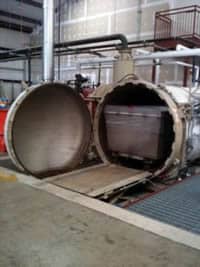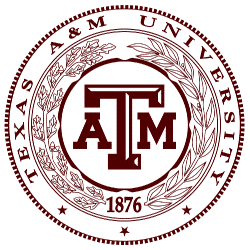Hospital Waste Management Steps: The Road to Sterilization
Hospital Waste Management Steps: The Road to Sterilization
 When healthcare workers drop their soiled items into nearby waste containers, that is the beginning of the hazardous waste journey. It can’t be treated like everyday trash. Anyone coming into contact with these substances could potentially be infected or worse. Knowing how medical waste is treated and disposed of gives you an idea of the complexity involved in this industry. Explore the steps of hospital waste management on the road to sterilization.
When healthcare workers drop their soiled items into nearby waste containers, that is the beginning of the hazardous waste journey. It can’t be treated like everyday trash. Anyone coming into contact with these substances could potentially be infected or worse. Knowing how medical waste is treated and disposed of gives you an idea of the complexity involved in this industry. Explore the steps of hospital waste management on the road to sterilization.
Secure Containment
All xu start with secure containment. Every facility supporting medical care must have locked containers for soiled linens, tissues and sharps objects. These containers are typically red in color. They are usually either Sharps containers or medical waste bins. At least one of each type container should be in rooms throughout medical buildings. Easy access to the containers creates healthy habits among the workers. If just one hazardous item enters the standard trash, it is a violation of regulations.
Hospital Waste Management Pickup
With every soiled item placed in the proper receptacle, hazardous waste workers will arrive at your facility. They might meet with a department representative. In most cases, they’ll simply clear out each container with few interruptions to patient care. The workers’ medical waste disposal methods are strict and calculating. The items aren’t exposed in any harmful manner. They’re often secured in a separate container as the receptacle is being cleared out. You’re left with clean containers that are ready for another round of hazardous waste.
Non-Incineration Processes
The most environmentally friendly way to treat hazardous waste is through non-incineration processes. Except for pathological waste, almost every other substance can be sterilized in this manner. Autoclaving or thermal sterilization is a common choice among hospital waste disposal methods. Workers fill an autoclave with an ample amount of waste. It’s sealed so that extreme heat can kill off any harmful germs. There are virtually no fumes given off by these non-incineration processes, which is ultimately helpful to the environment.
Incineration Requirement
Pathological waste is defined as human tissue or organs. These substances cannot be autoclaved. Incineration through strict protocols is necessary. Your hospital waste is typically separated by waste type when it arrives at the processing facility. Every item enters its proper, disposal area where workers process it as required by the law. Incineration is one of the oldest ways of dealing with waste. It remains the only reasonable way to discard pathological items without infecting anyone in the immediate vicinity.
The Final Journey to the Landfill
Items that have been sterilized will leave the processing facility and be taken to a local landfill. Specialized areas are set aside for medical waste that’s been sterilized. It’s often compacted and buried so that it doesn’t take up too much space. The items aren’t recognizable at this point. They don’t pose any harm to the environment either.
Continual Compliance
Generally, compliance laws don’t change very often. Your hospital waste management team should always keep up with the latest updates, however. When changes occur, the management company and medical facilities must be notified. These circumstances lead to meetings between the handlers and healthcare facilities so everyone is up to date on requirements. Therefore, communication is the key between these groups. Any breakdowns translate into safety issues for workers, patients and anyone in the medical building.
Medical waste disposal methods are closely monitored by the authorities. Your healthcare facility deserves a hospital waste management team that’s always compliant with the latest rules. Companies, such as MedSharps, have the highest standards. Work with an experienced partner in the hazardous-waste industry so the types of hospital waste being removed and treated are in compliance.








